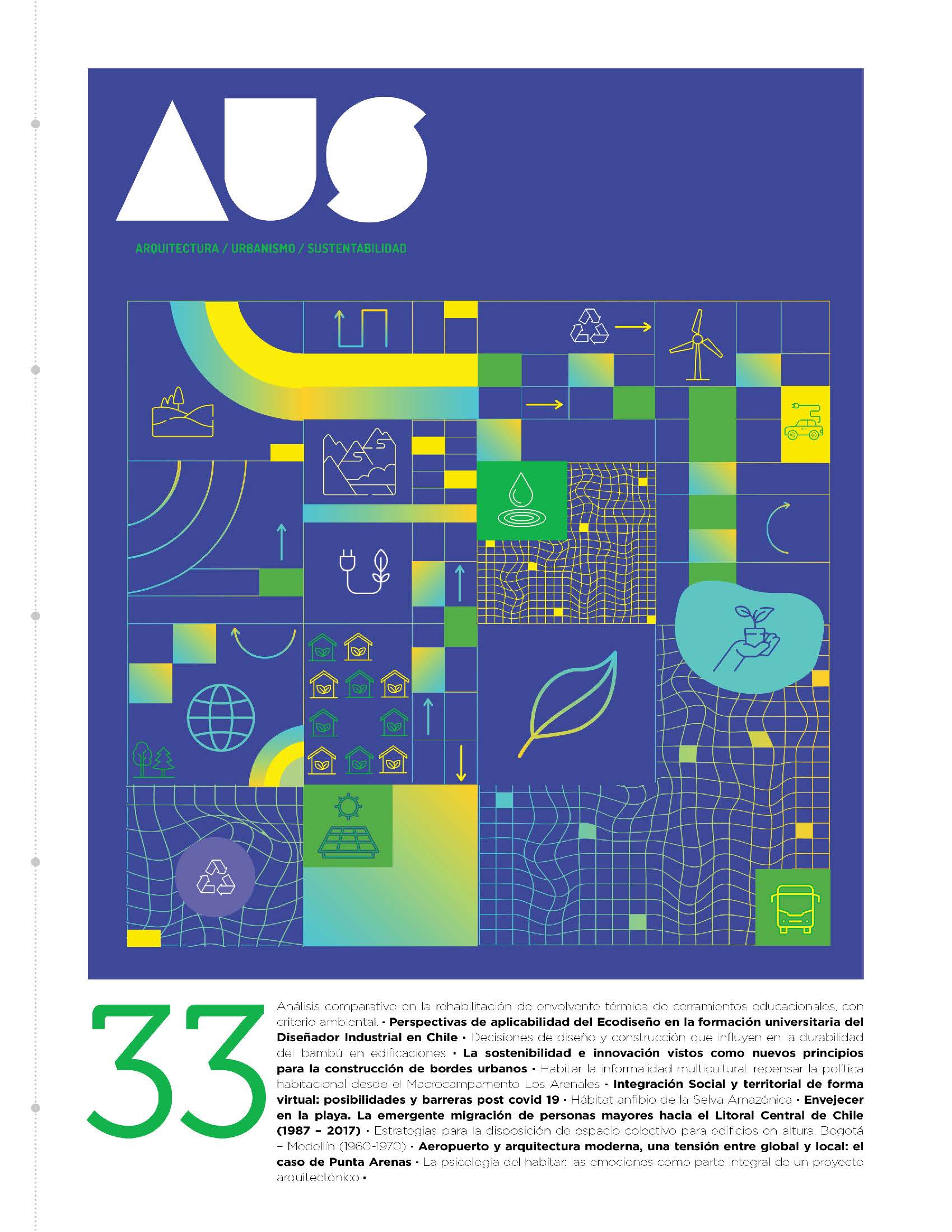Virtual Social and Territorial Integration: Possibilities and Barriers Post Covid-19
Main Article Content
Abstract
As a result of the changes that had to be implemented in social interventions due to the COVID-19 pandemics and its ensuing challenges for community work on social and territorial integration issues, this article develops an exploratory research to explore the perceptions of beneficiaries and implementers of the Social Integration Plan –in its virtual modality– as of 2020. The aim was to assess the possibilities involved in remote work for integration into the new neighborhood and the strengthening of social cohesion in these territories. A mixed methodology was used, introducing surveys and semi-structured interviews with program participants and their implementers. The results show that these stakeholders interpret assistance facilities as a positive aspect for the neighborhood organization; however, challenges are identified to develop more active and inclusive participation processes with the community at large

